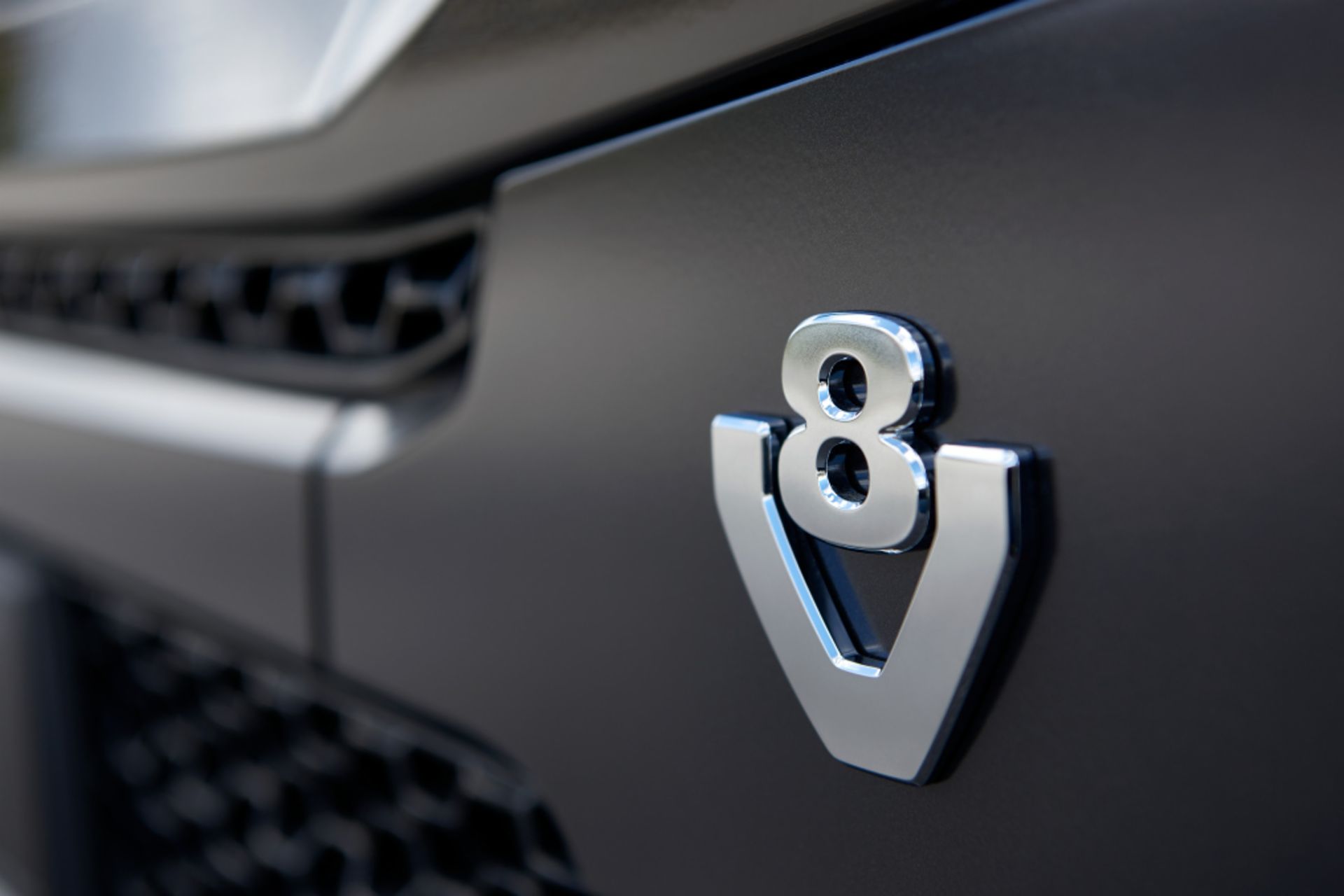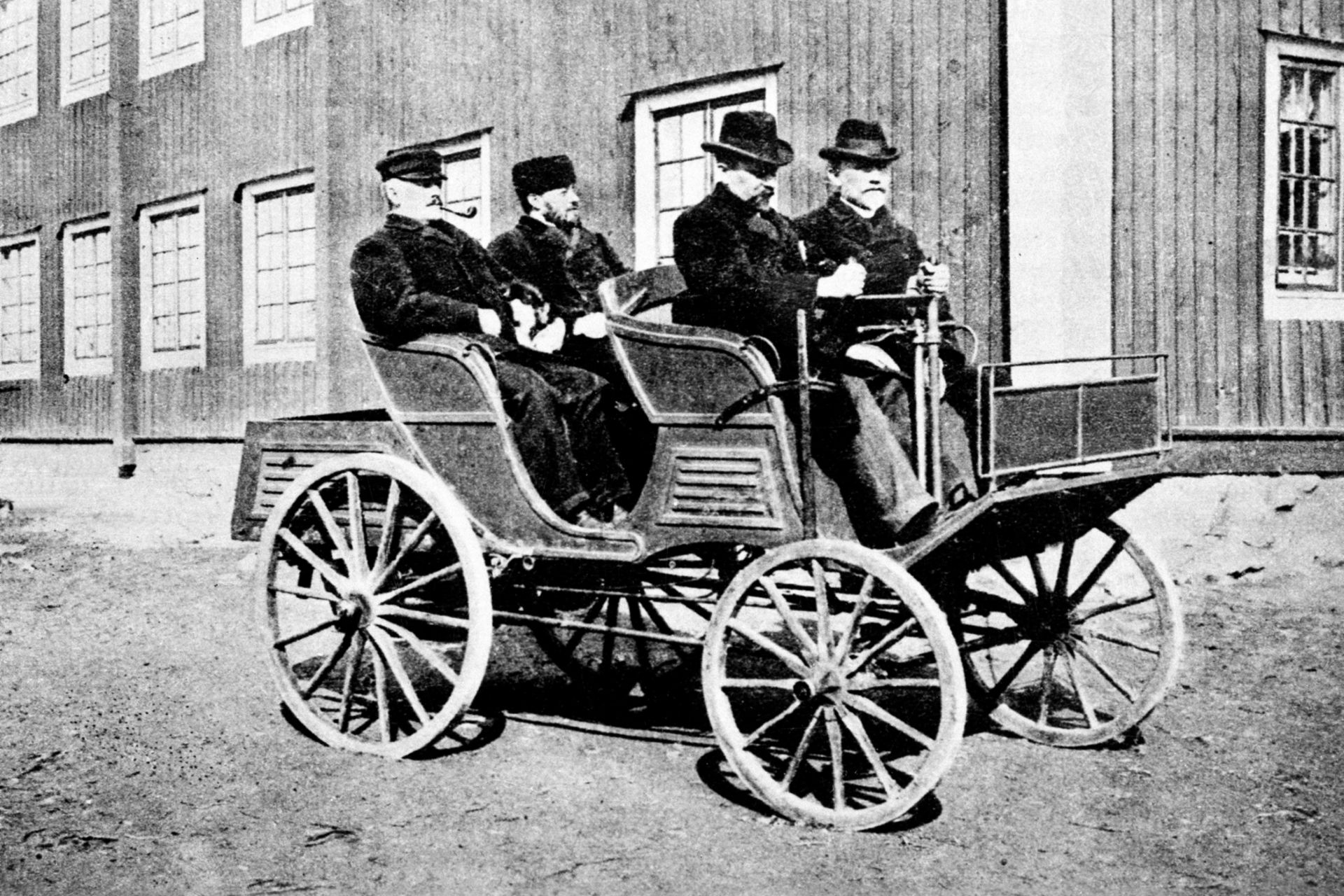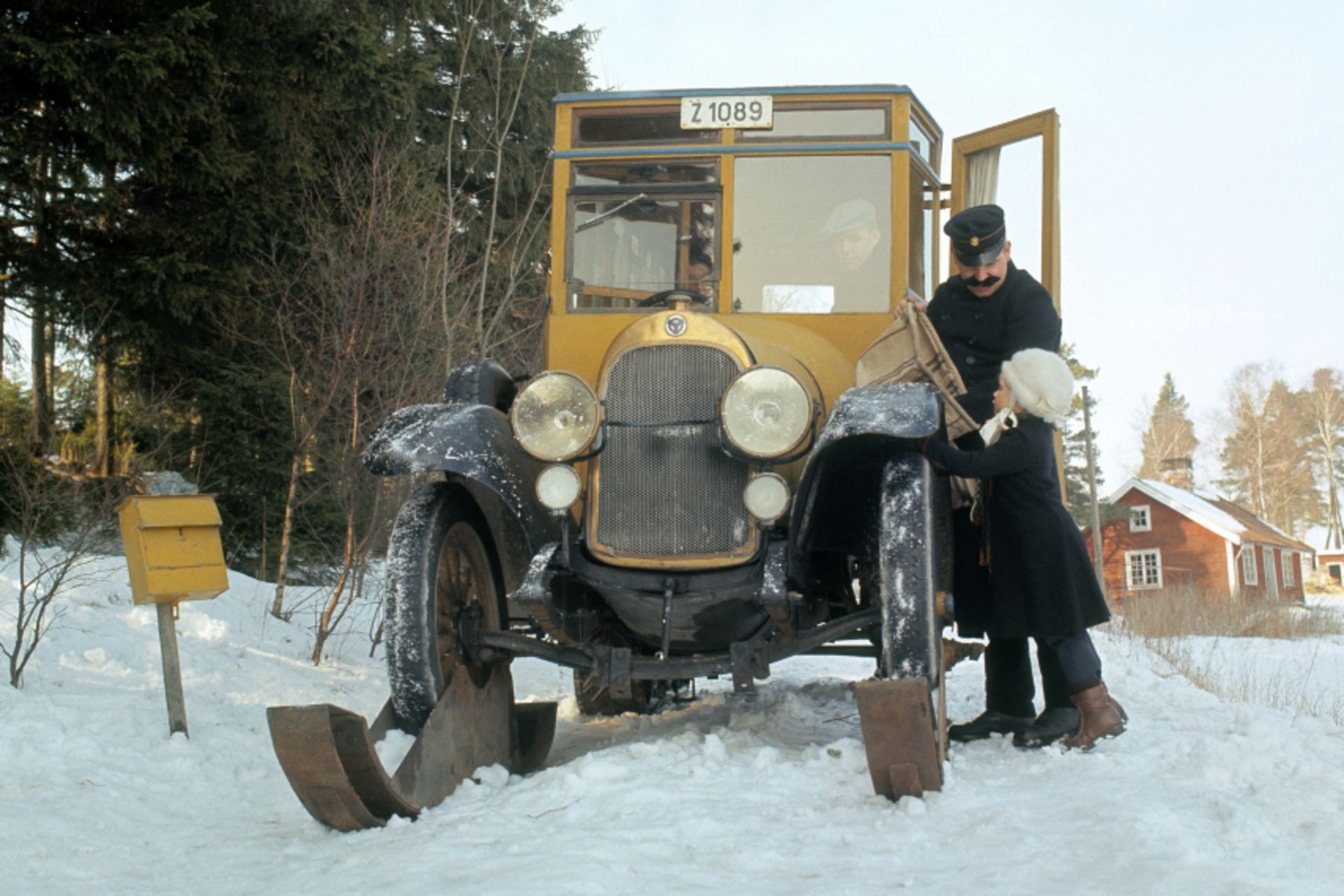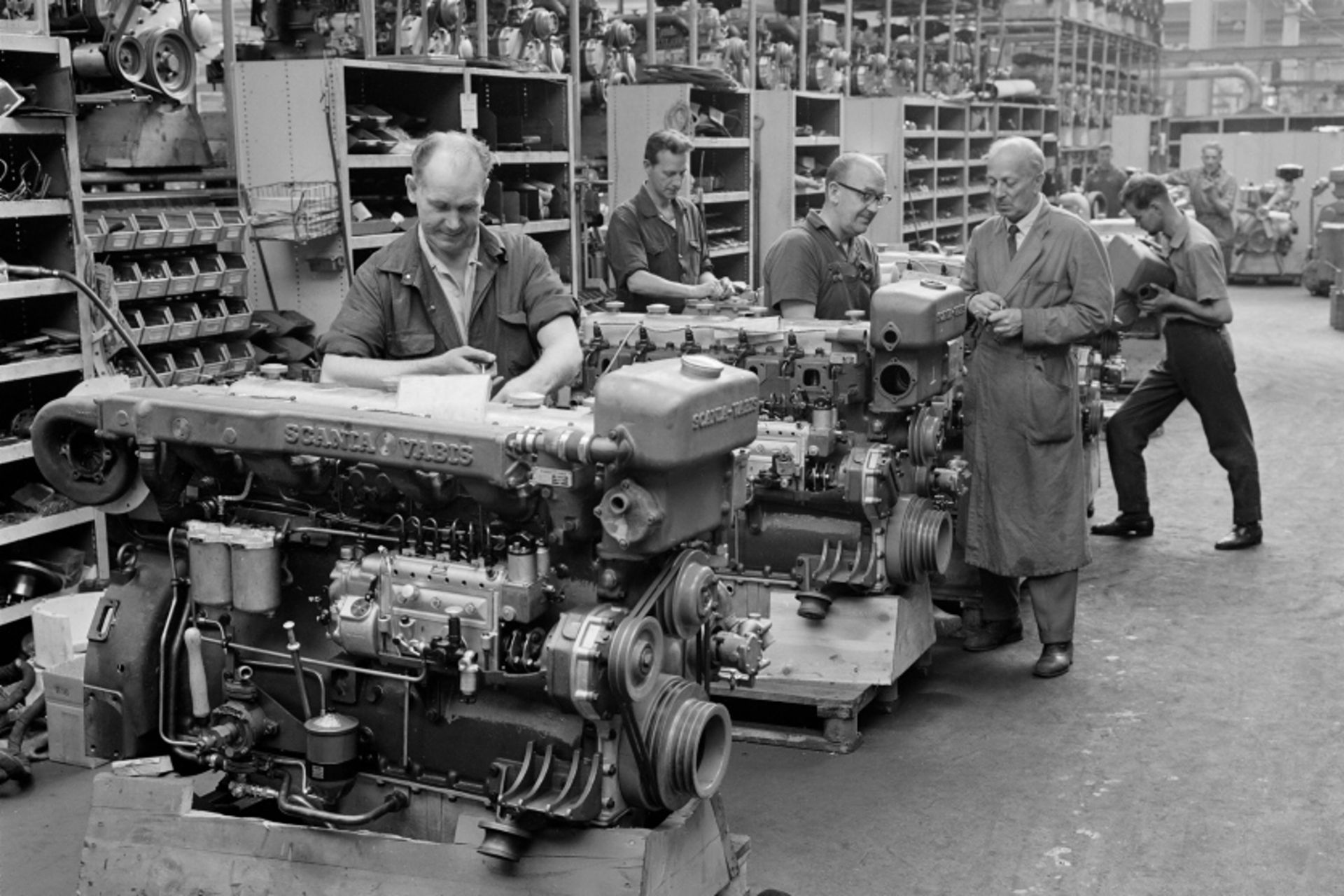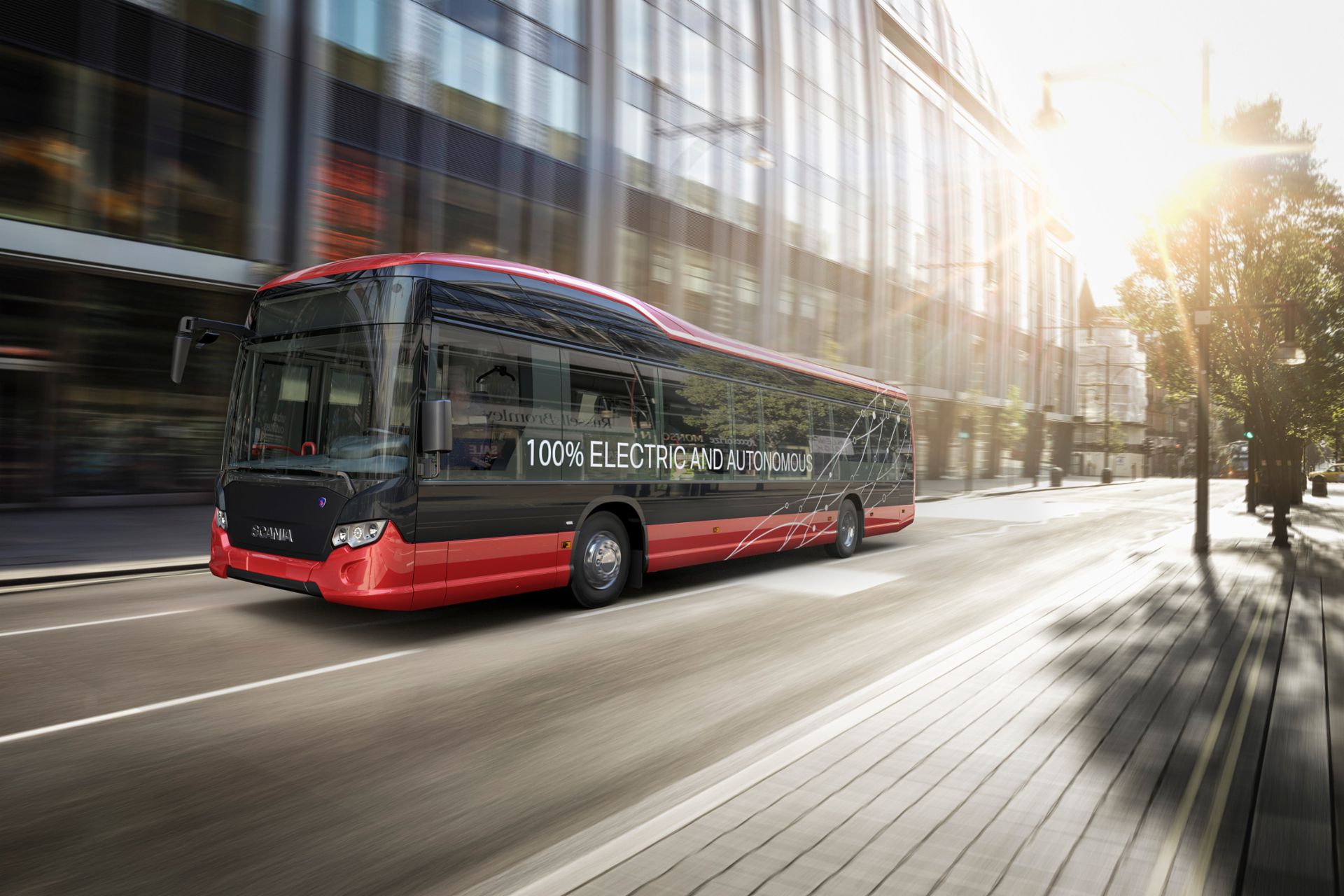Scania’s trade fair stand at the International Motor Show (IAA) in Frankfurt in September 1969 left a lot to be desired: a solitary truck with an engine on a podium in front of it. Nothing else. But while the company’s IAA setup was modest, it caused a stir in the world of commercial vehicles. In fact, the engine in question was a 14-liter V8 turbo diesel engine with 350 horsepower. It was almost impossible to believe. Never before had there been such a powerful truck engine in Europe. Back then, the limit for long-haul trucks was usually 250. Not only was the engine on display in Frankfurt capable of enormous power, it was also astonishing in its efficiency, unswerving in its reliability, and with a one-of-a-kind sound. The trade press dubbed it the “king of the road.” Scania had made a statement. Today, the V8 engine is iconic. Back then, it was innovative. A game-changing unit that met expectations customers didn’t even know they had. This made the V8 power pack quintessentially Scania: a company that to this day stands out thanks to its visionary entrepreneurship, best-in-class technical performance, and a keen eye for the needs of its customers.
Entrepreneurship and a daring vision were already shown by Philip Wersén, who founded Vagnfabriks Aktie Bolaget i Södertelge — later abbreviated ‘VABIS’— in Sweden on December 11, 1891. At that time, the Swedish railway network was growing rapidly, and new rail companies desperately needed wagons to transport people and goods. And that’s exactly what Wersén delivered. It wasn’t long, however, before ‘Vagnfabriken’ expanded its product portfolio. This was mainly thanks to engineer Gustaf Erikson, who joined the company in 1896, when it was still young and Wersén had left the company to start a competing business next door. Erikson was passionate about automobiles. He designed a combustion engine and already built a four-seater passenger car in 1897 — Sweden’s first automobile that you can still see displayed in the Tekniska Museet in Stockholm. And since Vagnfabriken was well versed in producing goods and passenger wagons, switching over from cars to trucks wasn’t a big step. In 1902, the first truck was made, a truck with a dual-cylinder boxer engine, 9 horsepower, a maximum speed of 12 km/h, and a load capacity of 1.5 tons. In 1907 a new factory for serial production of engines and road vehicles was built opposite the original wagon factory, under the new trademark VABIS.
1902 also saw a truck built for the first time in Malmö, almost 600 kilometers south-west of Södertälje, by Scania, a company set up as a bike manufacturer two years earlier. In 1911, the two companies merged together, changing their name to Scania-Vabis and focusing entirely on building trucks, buses, and (initially) passenger cars. In the years that followed, the newly formed vehicle manufacturer brought to life technologies and principles that still shape the Scania of today. Among other things, head engineer Gustaf Erikson developed the company’s first V8 engine in 1916. Originally designed to be used in ships, most were actually used as a generator in locomotors.
But more importantly, a new way of dealing with customers emerged. After the merger, the main question was: how can we meet their requirements and expectations in the best possible way? The shift in mindset was brought on by the 1912 Summer Olympics in Stockholm. The city wanted to get hold of new and modern fire trucks for the event. Since there were no Swedish equivalents, Stockholm had to buy those in Germany. This quickly changed: that same year, Scania-Vabis already built the crew truck for the fire brigade in Stockholm along with the first fire truck for the fire brigade in Norrköping. In 1922, the company produced special post buses for the north of Sweden. In the winter, it was possible to retrofit these vehicles with a chain drive and also equip them with a snowplow. That way, they remained a reliable mode of transport for passengers and mail items after heavy snowfall while also cleaning the roads at the same time. Scania’s willingness to fulfill each and every one of its customers’ wishes remains unchanged. A recent example: retrofitting a truck into a mobile ski-waxing station for the Swedish national cross-country ski team.
This maximum flexibility to customers’ wishes stems from a fundamental technological decision that can be traced back to the 1930s. The Scania-Vabis engineers had already begun to build as many identical parts as possible — starting with engines. The Royal diesel engine launched in 1939 was the company’s first to feature a modular design. It came in three variants: with four, six, or eight cylinders and was the first engine to be supercharged in 1951. Over the next decades, the company refined this principle further until in 1980, it launched the GPRT truck series, its first generation of trucks that was fully modular. Chassis strength, type of engines and transmissions, form, height, and size of the driver cab — for the first time, customers were able to choose how they wanted these parameters combined. The modularization concept was then quickly introduced at production facilities in South America and Asia, giving customers around the world as much choice as possible. And enabling Scania to achieve maximum efficiency in production.
Today, entrepreneurship, innovativeness, and customer focus still set Scania apart. They form the foundation for other core values like sustainability, team spirit, and integrity. And for first-class products. As part of the TRATON GROUP, Scania is focusing on shaping an eco-friendly and digital future of transportation — and doing so with optimism.
